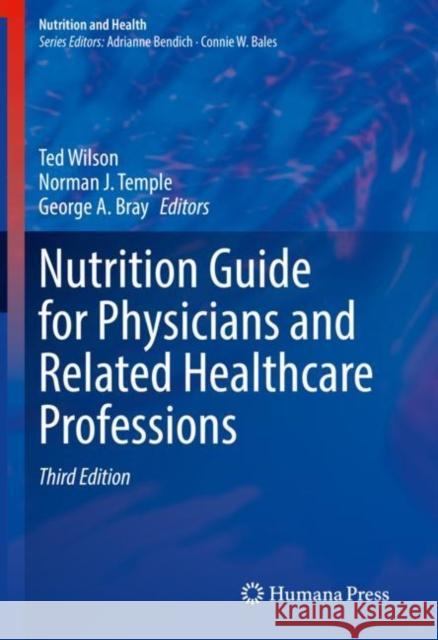Nutrition Guide for Physicians and Related Healthcare Professions » książka
topmenu
Nutrition Guide for Physicians and Related Healthcare Professions
ISBN-13: 9783030825140 / Angielski / Twarda / 2022 / 604 str.
Wydawca:
Humana
Seria wydawnicza:
Język:
Angielski
ISBN-13:
9783030825140
Rok wydania:
2022
Wydanie:
2022
Numer serii:
000115687
Ilość stron:
604
Waga:
1.26 kg
Wymiary:
25.65 x 18.54 x 2.79
Oprawa:
Twarda
Wolumenów:
01
Dodatkowe informacje:
Wydanie ilustrowane











